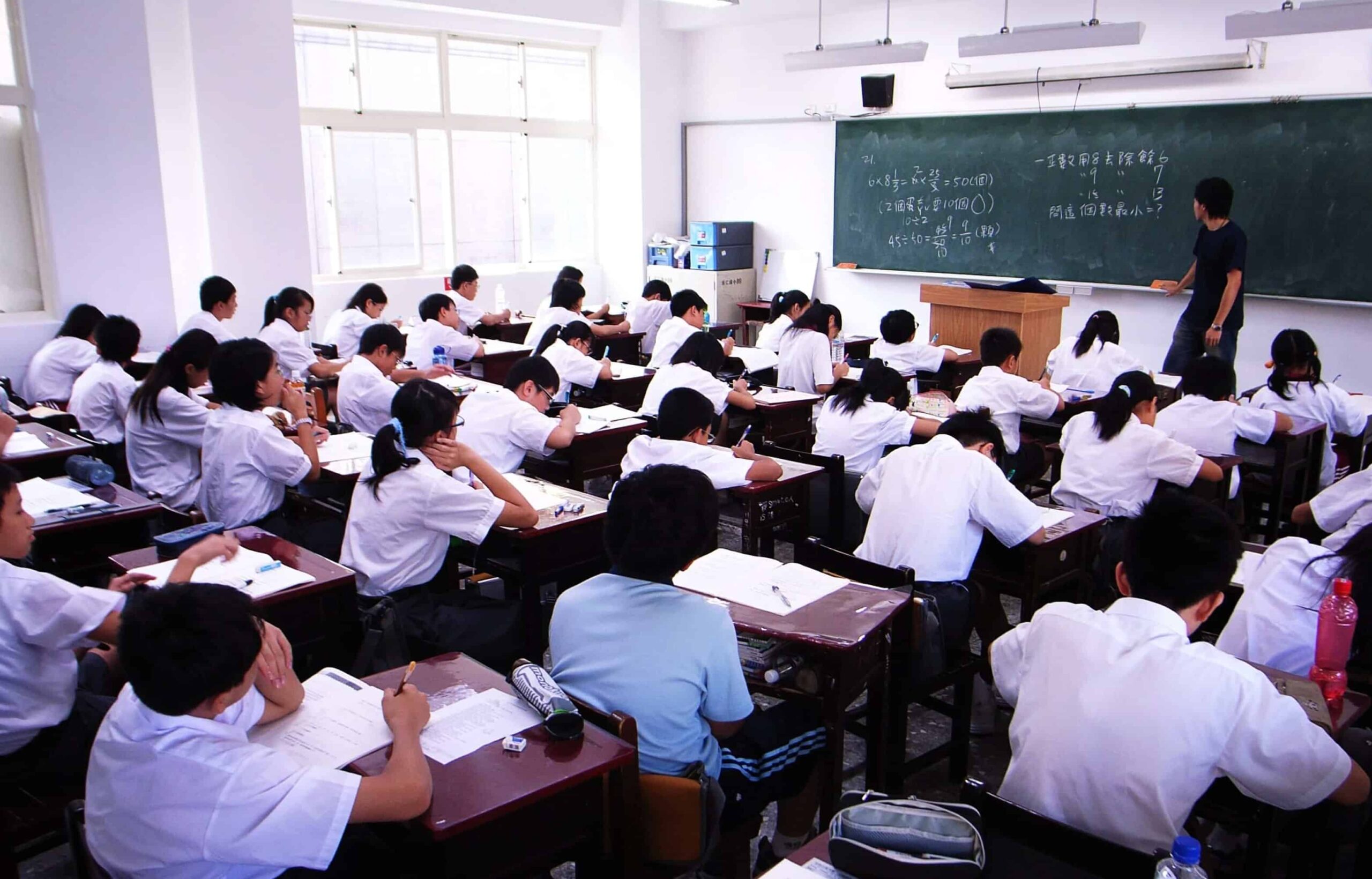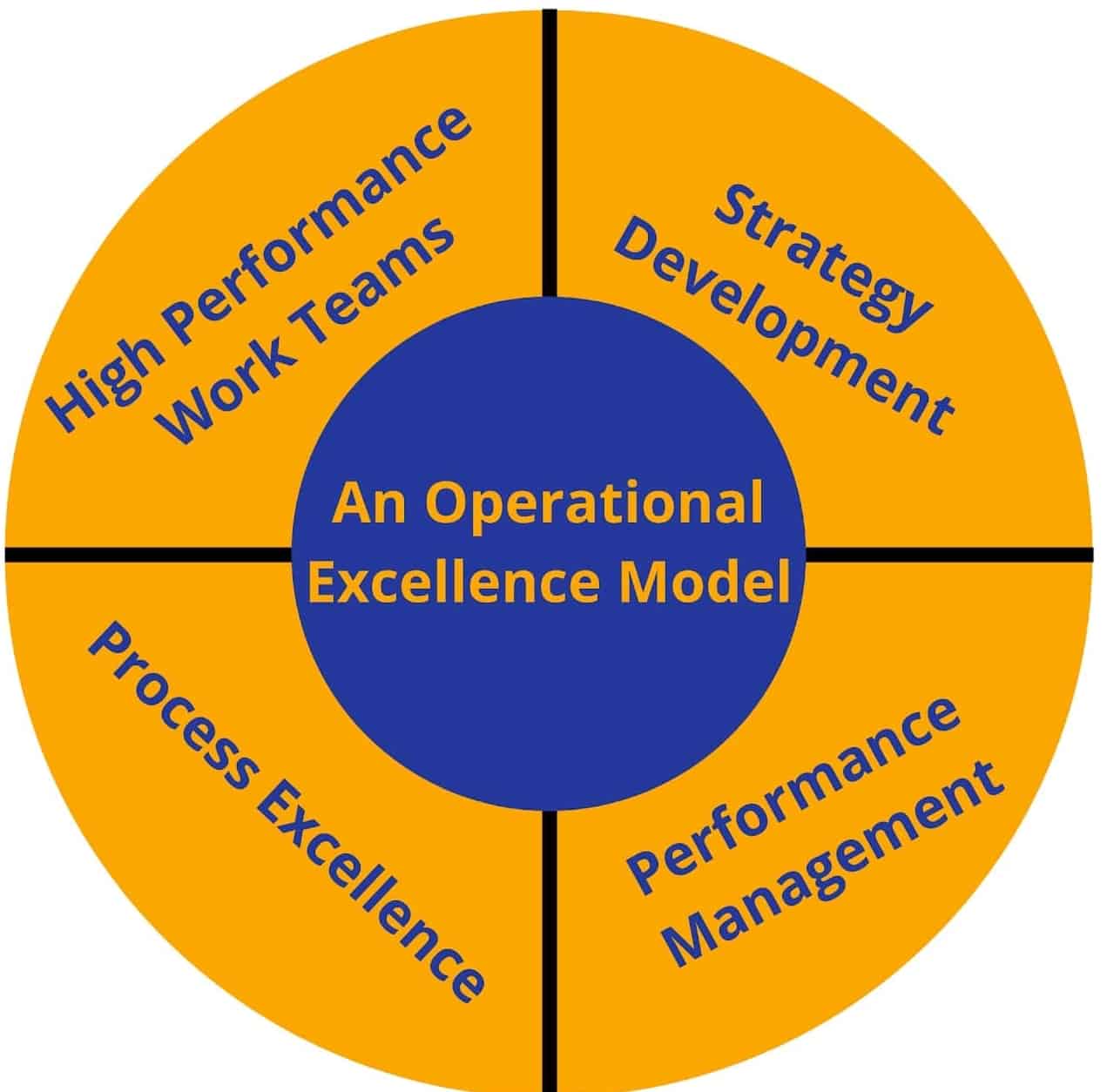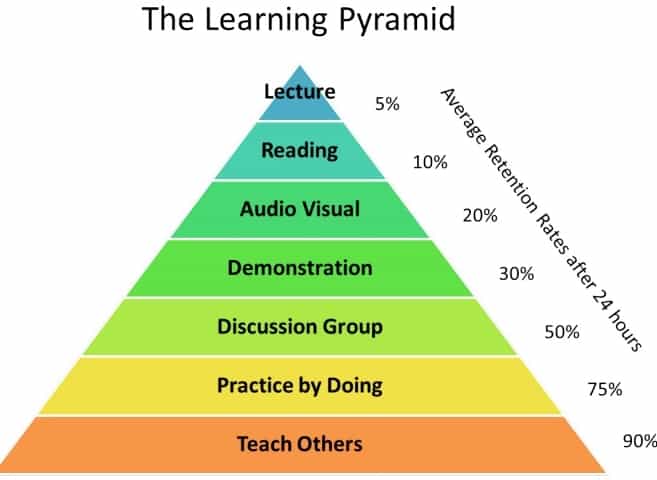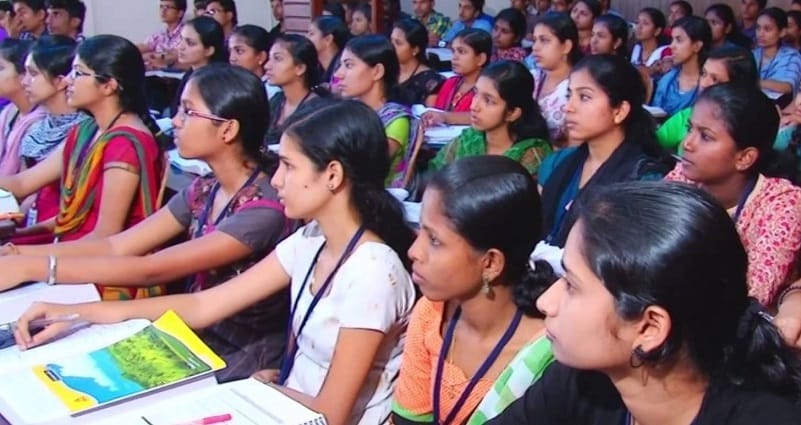Since its independence on the 15th August 1947, the Indian educational system has improved over time. When comparing the Indian Education System vs Foreign Education system, both the latter and the former have strengths and weaknesses they share as similarities in their system’s structure. That means, same structured Curriculum and Syllabus, same Reasonably qualified teachers, and the same starting age (6 years old) and graduating age from high school at the age of 17 and/ or 18. Moreover, the educational features that India shares with the foreign education system are namely free and compulsory primary education, the education sector divided into primary, higher secondary, senior secondary; and vocational education sections.
10 Main Differences Between The Indian Education System and The Foreign Education System
The Indian education system differs from the foreign education system in several points which will be discussed in the following section:

-
Instructional Technology Incorporation

Government School Of India.
The Indian education system teaches students with old technologies using traditional and conventional methods. To elaborate, foreign countries emphasize on technologically equipped education where both teachers and students and up to date with recent innovative instructional tools. In spite of the technological progress, education in India is still limited to textbooks and classrooms because they fail to implement them in the process.
-
Integration of Extracurricular Activities

New Instructional Technologies in Foreign.
The Indian education system concentrates on studies only, lacking extracurricular activities in the system. On the other hand, the foreign education system trains its learners to develop soft or interpersonal skills along with cooperation and confidence. Not only does it build careers, but also character. On that account, they pour a significant part of funding and resources into giving their children and students the best experiences in athletics, fine arts, and other social clubs. Taking everything into account, the Indian education system is rigidly focused on teaching subjects in-school period, whereas the foreign one is flexible prioritizing extracurricular and physical education. Clearly, these physical activities are not given much priority in India.
-
Use of Practice-based Learning

Practice-based Learning To Concentrate More On Creativity.
While Indian education stresses more on the theoretical concepts rather than practical ones. This idea of neglecting practice made learners detached from both the information and daily life. However, foreign countries concentrate more on creativity through practical based learning to improve the quality of learners’ education; i.e., it allows them to apply what they have learned in the real physical environment.
-
Internationalizing Education for Recognition

Internationalizing For Higher Education (Image From bangkok.unesco.org).
India has not yet been able to internationalize education in order to attract students from various countries across the world. As a result, Indian students tend to pursue their dream of studying in a prestigious, accredited, and well-recognized foreign universities.
-
Pressure in The Learning Environment

Pressurized Due To The Fear Of Failure.
On the other hand, most Indian children face the fear of failure in the classroom and push themselves to work harder and longer by being self-motivated. The main reason for that is that Indian families take education extremely seriously and believe that a solid education is a key to success in life. While many foreign families certainly share the same sentiments, they still give freedom to their children. Thus, the foreign education system is freedom-oriented (students learn what they want to learn), and the Indian education system is forced (subjects are imposed on learners; i.e., they must learn them). Additionally, In India, all the decisions are taken by parents without their children. Therefore, they are not allowed to act independently.
-
Assessment and Evaluation Systems:

Assessment And Evaluation Systems of Indian Government.
While India’s education assessment and testing are random, the standard of teaching and research at most foreign universities and colleges is routinely graded by official organizations to ensure that all requirements are met. This helps learners with better evaluation and feedback for their academic achievements.
-
Management of Public Free Schools

Indian And Foreign Government Schools. (Image From helpsystems.com).
Furthermore, public schools are free in both foreign countries and India. However, the public schools of the former are well maintained and managed because a significant portion of the taxes from residents goes to the academic and pedagogic fund. In the last decade, the cost of higher education and research in India has soared drastically. Now, people are forced to take loans to provide quality education to their children.
-
Work Permits and Job Security After Studies

Job After Higher Studies (Image From studyabroad.shiksha.com).
Even though the literacy rate has been growing along with the population in India, the higher education sector also, a number of faculty positions are unoccupied where students drop out because of less job security. The work permit after study is offered for foreign students after completing graduation with a pricy annual salary. In India, on the other hand, most are unemployed due to a lack of job offers.
-
Students Numbers in Classes

Students Numbers in Indian Schools. 
Extracurricular activities involved in foreign education system.
In India, classes are overcrowded as opposed to the foreign education system; that is to say, each learner should have complete attention during the academic process. Consequently, Indian teachers are unable to guide and assess every student through the teaching and learning process.
-
The feasibility of Subjects to Ensure Higher Rates of Excellence
Regardless of the actual students’ proficiency levels in certain subject areas, the foreign education system advises teachers to push their students harder in order to achieve beyond their current potential. This requires teachers often to facilitate the subject material and ensure that students’ grades remain high. Instead, Indian students are impacted by the science students’ centric concept which is not the case in many other countries.

-
Subjects and Education Branches Transfer
In the Indian education system, students cannot switch their major subjects in the middle of course nor change fields. Unlike India, students in foreign countries chose their courses based on interest, but not on the basis of job opportunities available in the market.

-
Most Desired Learning Methods
The preferred choice of learning and teaching in the Indian education system is memorizing. However, the memorization approach to study does not allow learners to think independently as opposed to the foreign one.

Taking everything into account, India has clearly made progress in terms of increasing primary education attendance rate and expanding literacy levels to approximately two-thirds of the population. Nevertheless, after depicting it clearly depicts the realities occurring in India and most foreign countries, the Indian education system is called to make necessary reforms.
